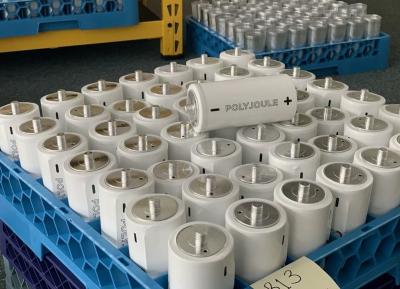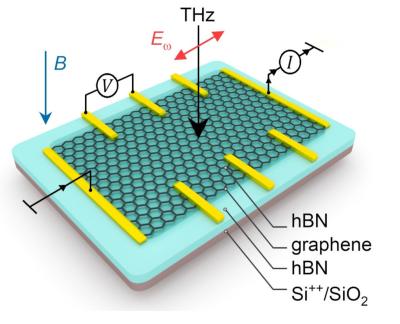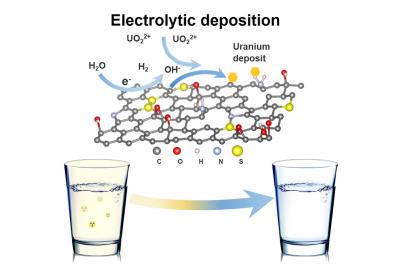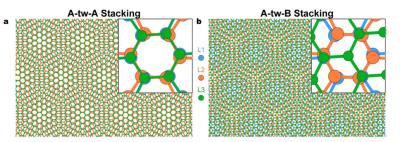In 'magic angle' graphene, especially near the angle of 1 degree, the electrons slow down dramatically, favoring interactions between the electrons. Such interactions give rise to a new type of superconductivity and insulating phases in twisted bilayer graphene. Along with many other fascinating properties discovered in the past three years, this material has proven to display extremely rich physical phenomena, but most importantly, it has shown to be an easily controllable quantum material. Up until now, the interaction between twisted bilayer graphene and light was shown to have fascinating outcomes on a theoretical level, but no experiment has so far been able to clearly show how this interaction works.
In a recent work, ICFO researchers Niels Hesp, Iacopo Torre, David Barcons-Ruiz and Hanan Herzig Sheinfux, led by ICREA Prof. at ICFO Frank Koppens, in collaboration with the research groups of Prof. Pablo Jarillo-Herrero (MIT), Prof. Marco Polini (University of Pisa), Prof. Efthimios Kaxiras (Harvard), Prof. Dmitri Efetov (ICFO) and NIMS (Japan), have found that twisted bilayer graphene can be used to guide and control light at the nanometer scale. This is possible thanks to the interaction between light and the collective movement of the electrons in the material.



